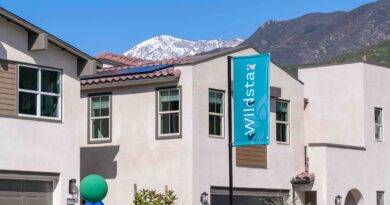How a HUD 3D-Printing Project Could Transform Alaskan Housing
A groundbreaking HUD-funded initiative is set to address the housing crisis in Nome, Alaska, through the innovative use of mobile 3D-printing technology. This project, supported by a $600,000 HUD grant as part of a $1.6 million matching fund, aims to build affordable housing units in one of the most logistically challenging environments in the U.S. Traditional construction methods face significant obstacles in Nome due to extreme weather, high material shipping costs, and outdated housing stock. The mobile 3D printer, capable of utilizing local materials, is expected to reduce the construction timeline from months to just a few days, promising a faster and more cost-effective approach to housing development.
Research conducted by the Alaska Housing Finance Corporation highlights the pressing need for efficient housing solutions, revealing that many households in rural Alaska are spending over 30% of their income on housing. The feasibility study supporting the 3D-printing project indicates that this technology could revolutionize construction in remote areas, potentially leading to broader applications across diverse Alaskan communities. As Nome prepares for an influx of residents due to port expansion and increased geopolitical significance, the anticipation for the first 3D-printed home is palpable. If successful, this initiative could pave the way for sustainable, affordable housing solutions not only in Alaska but also in other underserved regions facing similar challenges.



